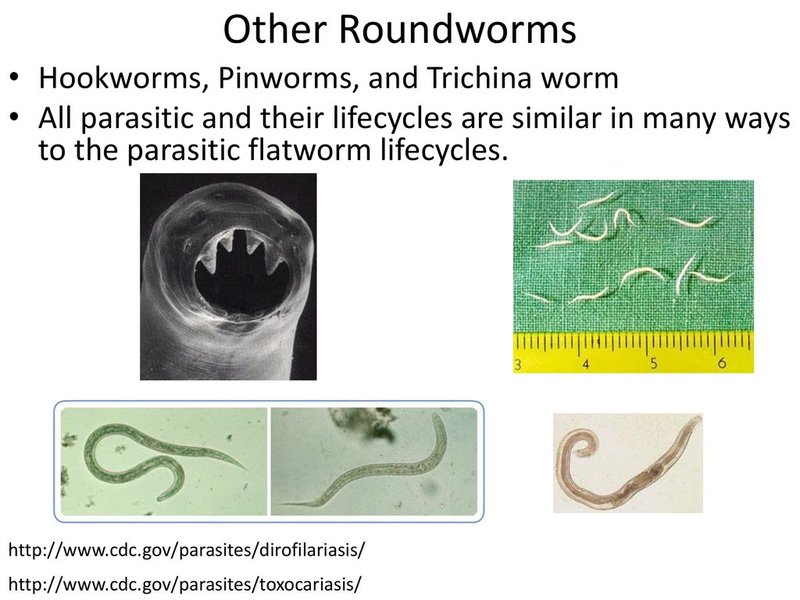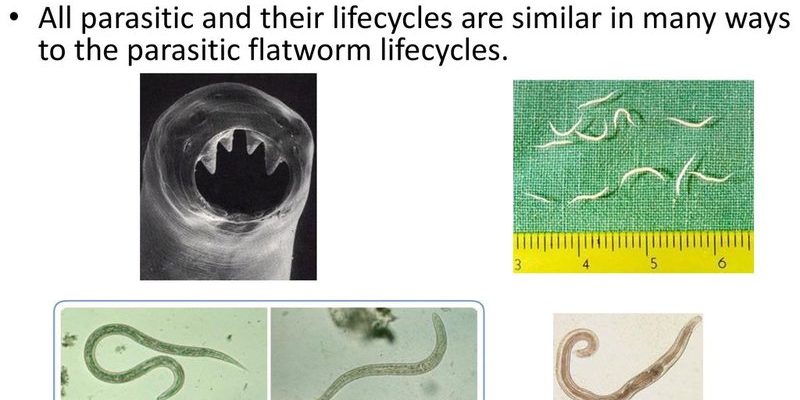
Let’s dive into the fascinating world of hookworms and see how they compare to other similar worm species. We’ll explore their habitats, life cycles, and how they affect their hosts, all while keeping things simple and engaging. By the end of this article, you’ll have a clearer picture of what makes hookworms unique and how they fit into the bigger picture of parasitic worms.
What Are Hookworms?
Hookworms belong to a group of worms known as *Necator americanus* and *Ancylostoma duodenale*. These tiny creatures are primarily found in warm, moist environments, especially in tropical and subtropical regions. They latch onto the intestines of their hosts—often humans—and feed on blood. You might be wondering how they get in there. Well, it’s all about the dirt! Hookworm larvae can penetrate through the skin, usually through bare feet.
These worms mimic a sneaky little thief that comes in uninvited, causing significant health issues like anemia and protein deficiency. Some people might experience digestive problems, fatigue, or other symptoms that can really put a damper on daily life. Here’s the thing: understanding hookworms helps us learn to prevent infections and protect ourselves from the health risks they pose.
Similar Worm Species: A Quick Overview
Hookworms aren’t alone in their parasitic adventures. They share their habitat with several other worm species that have similar lifestyles but differ in their behavior and health impacts. Some of these include:
- Ascaris lumbricoides: Commonly known as the roundworm, this species can grow quite large and is often found in areas with poor sanitation.
- Enterobius vermicularis: Also known as pinworms, these small worms are notorious for causing itching around the anus, especially in children.
- Trichuris trichiura: Known as whipworms, they can cause inflammation in the intestines and are often found in warm, moist areas.
Each of these worms has its own unique life cycle and methods of transmission, showcasing the diversity within the world of parasites. But why does this matter? Well, understanding the differences can help in developing effective strategies for prevention and treatment, especially in areas prone to infections.
Life Cycle of Hookworm vs. Other Worms
Let’s break down the life cycle of hookworms to see how they compare to other similar species. A hookworm starts as an egg passed in the feces of an infected host. Once it’s in the soil, it hatches into a larva that can live in warm, moist conditions for several weeks. As we mentioned, it can then penetrate the skin of a new host, often through bare feet.
In contrast, the life cycle of *Ascaris lumbricoides* begins similarly with eggs in feces, but these eggs need to mature in the soil for a while before they can infect someone. Once ingested, they travel to the intestines and come back out in the stool in a cycle that continues.
Pinworms, on the other hand, have a more straightforward life cycle since they’re typically ingested directly. After mating in the intestines, female pinworms lay eggs around the anus, causing that irritating itch.
Impact on Hosts: Health Concerns
The health concerns linked with hookworms can be quite severe. They feed on blood, which can lead to iron deficiency anemia—definitely not something you want to have. Symptoms can include fatigue, weakness, and even impaired cognitive function, especially in children.
Comparing this with other worms, *Ascaris* infections can lead to malnutrition and growth issues, while pinworms are more annoying than dangerous, causing itching and discomfort, but rarely resulting in serious health problems.
Whipworms can cause inflammation and diarrhea, and in severe cases, they can lead to rectal prolapse. Each of these worms has different levels of impact on health, highlighting the need for tailored public health strategies depending on the prevalent species in a region.
Transmission and Prevention Strategies
Transmission methods also vary among these worm species. For hookworms, transmission often occurs through contaminated soil, particularly in areas with poor sanitation. Wearing shoes, practicing good hygiene, and regular deworming are vital for prevention.
For *Ascaris* and whipworms, improving sanitation, washing hands thoroughly, and cooking food properly can help reduce the risk. Pinworms, meanwhile, can spread through the fecal-oral route, so encouraging children to wash their hands often can make a big difference.
Educating communities about these transmission methods is essential. It helps people understand how to protect themselves and their families, especially in areas where these worms are prevalent.
So, what have we learned from comparing hookworms to their fellow worm species? Each of these parasites has its own unique traits, but they all share common ground in their habitats and lifestyles. Understanding how they differ helps us tackle the health issues they cause more effectively.
By being aware of transmission methods, potential health risks, and effective prevention strategies, we can make informed choices to stay healthy. Remember, keeping our environment clean and practicing good hygiene can go a long way in fighting these little invaders. In the end, knowledge is your best defense against these slimy foes!

